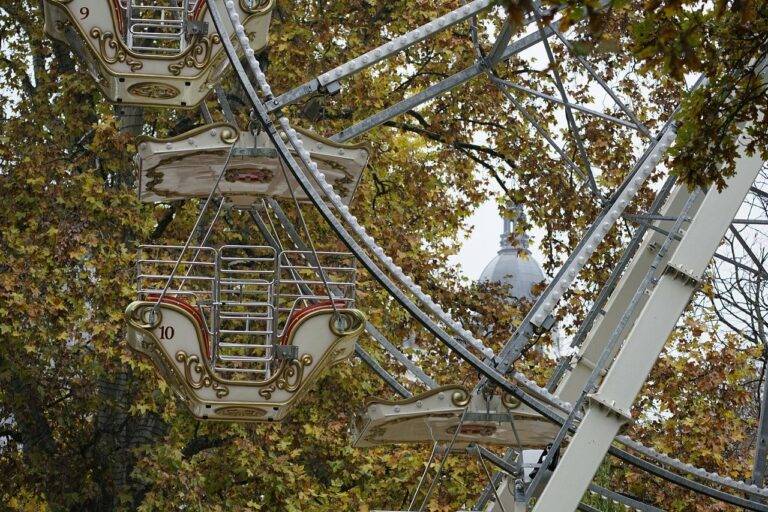The Art of Film Restoration: Preserving Cinematic Classics for Future Generations
Film preservation serves as a crucial endeavor in safeguarding our cultural heritage and historical record. Without adequate preservation efforts, valuable pieces of art and history captured on film risk being lost forever. Preserving films allows future generations to explore and appreciate the rich tapestry of human experience that cinema provides, ensuring that these important stories and perspectives endure over time.
Moreover, film preservation is essential for maintaining the integrity of cinematic works created by talented filmmakers. By preserving films in their original form, we are able to honor the creative vision and artistic intent of directors, actors, and crew members involved in the filmmaking process. Through preservation, we can ensure that audiences have the opportunity to experience these films as they were meant to be seen, thus paying homage to the artistry and craftsmanship of the cinematic medium.
The Evolution of Film Restoration Techniques
Film restoration techniques have undergone significant advancements over the years, allowing for the preservation of cinematic treasures for future generations to appreciate. With the advent of digital technology, restoration specialists can now meticulously restore old films to their former glory, bringing back the vibrancy and clarity that may have been lost over time. This process involves digitally scanning each frame of the film, cleaning up imperfections such as scratches and dust, and enhancing the overall picture quality to match modern standards.
One of the key benefits of these modern restoration techniques is the ability to restore films that were previously considered damaged beyond repair. By using sophisticated software and tools, restoration experts can now reverse the effects of aging and degradation, breathing new life into classic films that may have been on the brink of deterioration. Through these innovative techniques, audiences can experience iconic movies in a way that closely resembles their original cinematic vision, ensuring that the legacy of film history remains intact for years to come.
Why is film preservation important?
Film preservation is important because it ensures that important cultural artifacts are not lost to time. By preserving films, we are able to maintain a record of our history and heritage for future generations.
What are some common film restoration techniques?
Some common film restoration techniques include digital restoration, chemical treatments, and manual cleaning of film reels.
How has film restoration evolved over time?
Film restoration has evolved from simple cleaning and repair techniques to more advanced digital restoration processes. With new technology, film restorers are able to repair damaged frames, correct color issues, and enhance overall image quality.
What role do film archives play in film preservation?
Film archives play a crucial role in film preservation by collecting, cataloging, and storing film materials. They also provide a safe environment for films to be preserved and restored for future generations to enjoy.





